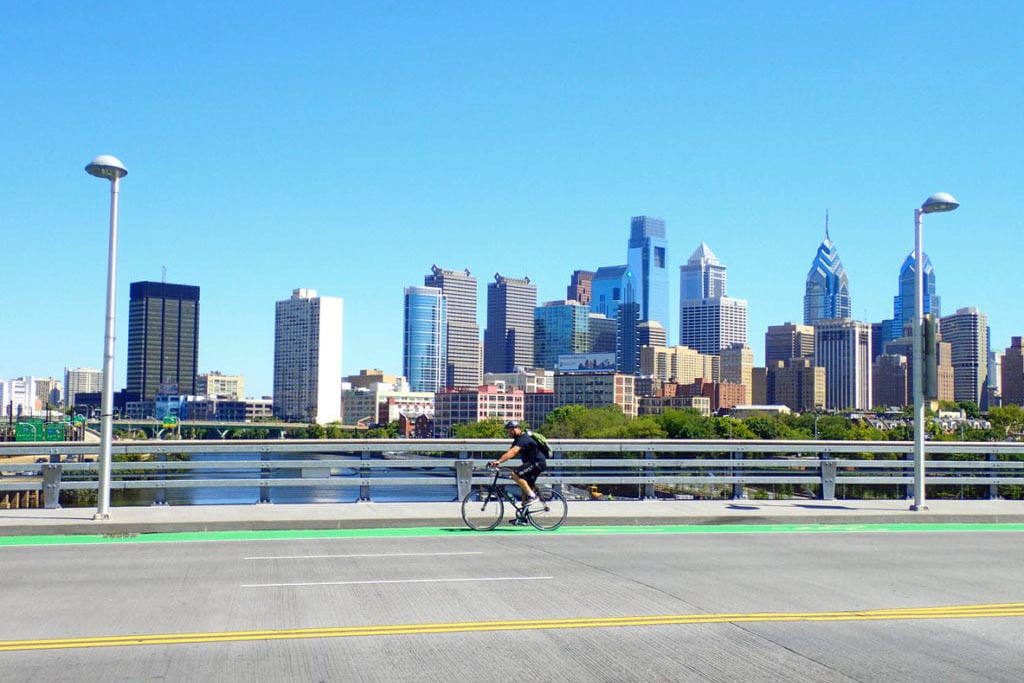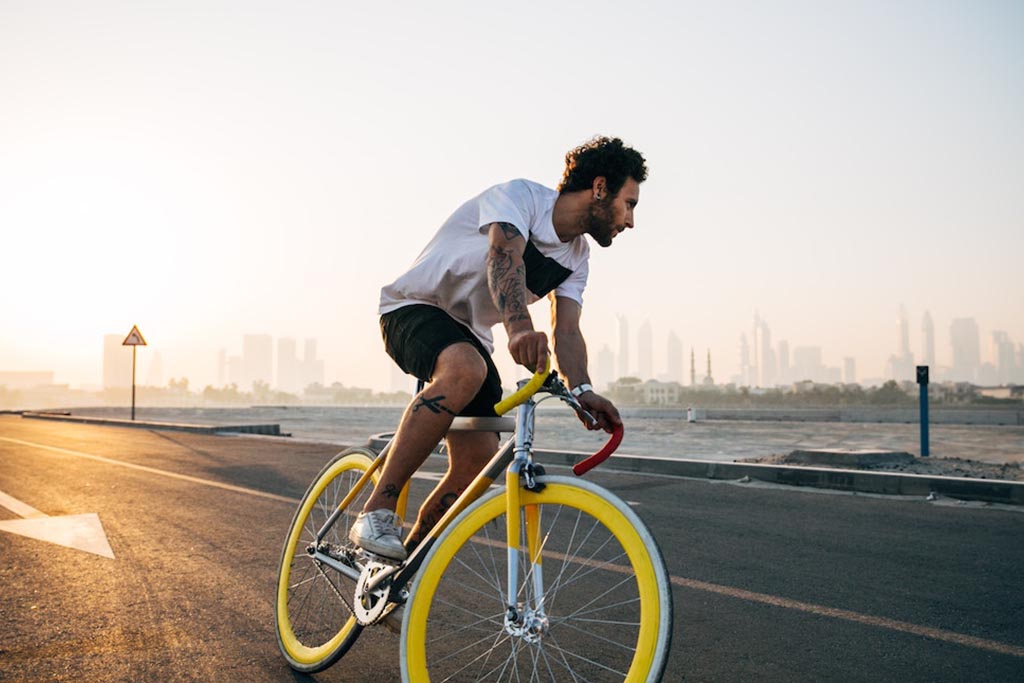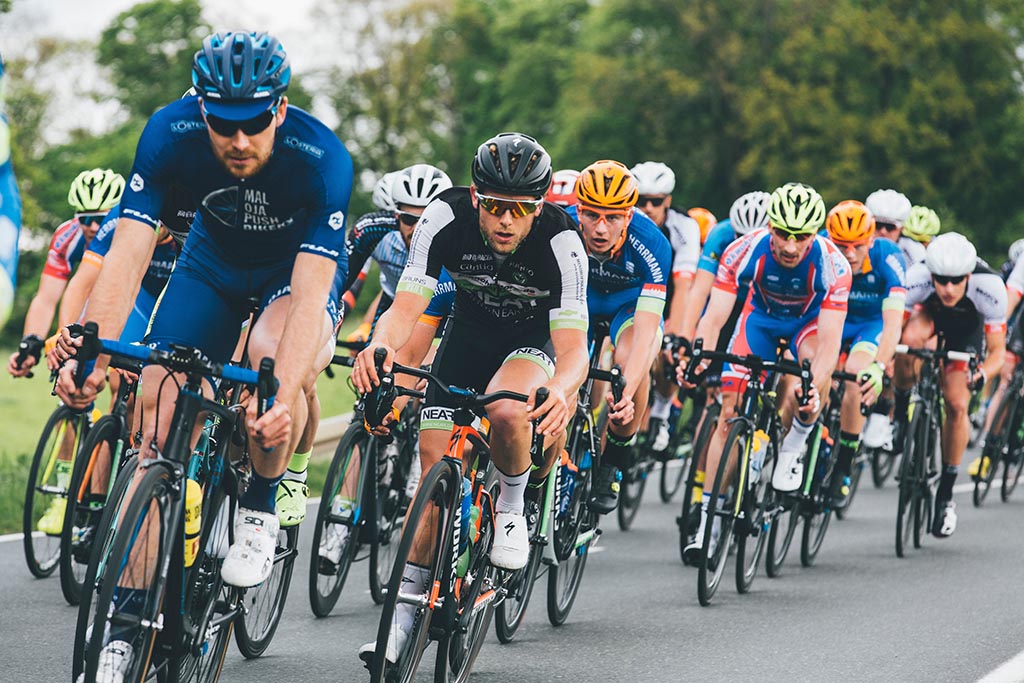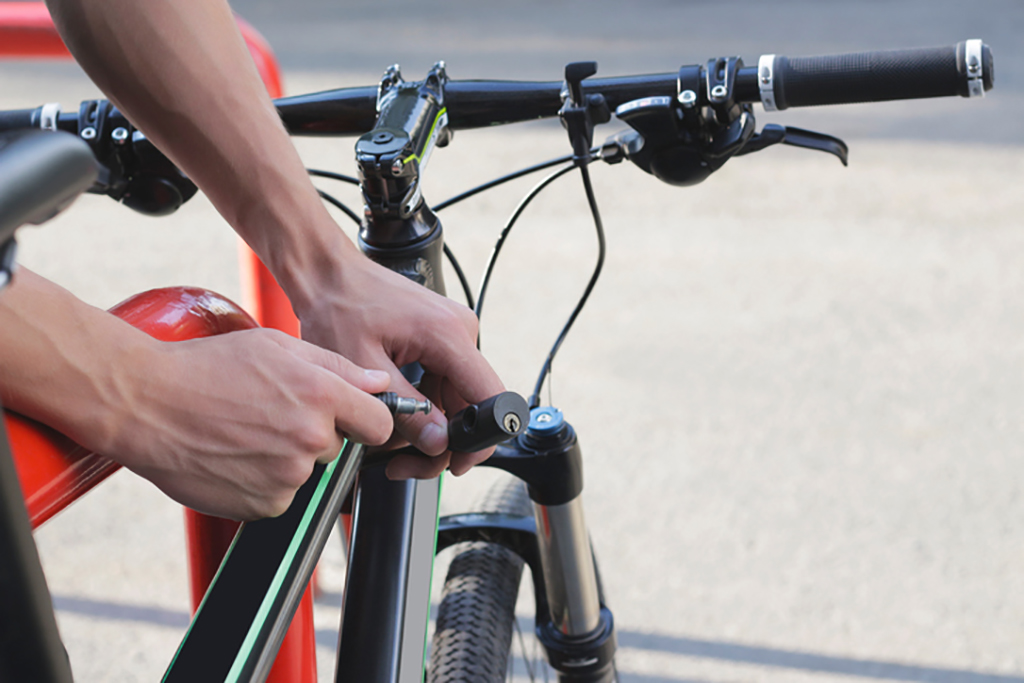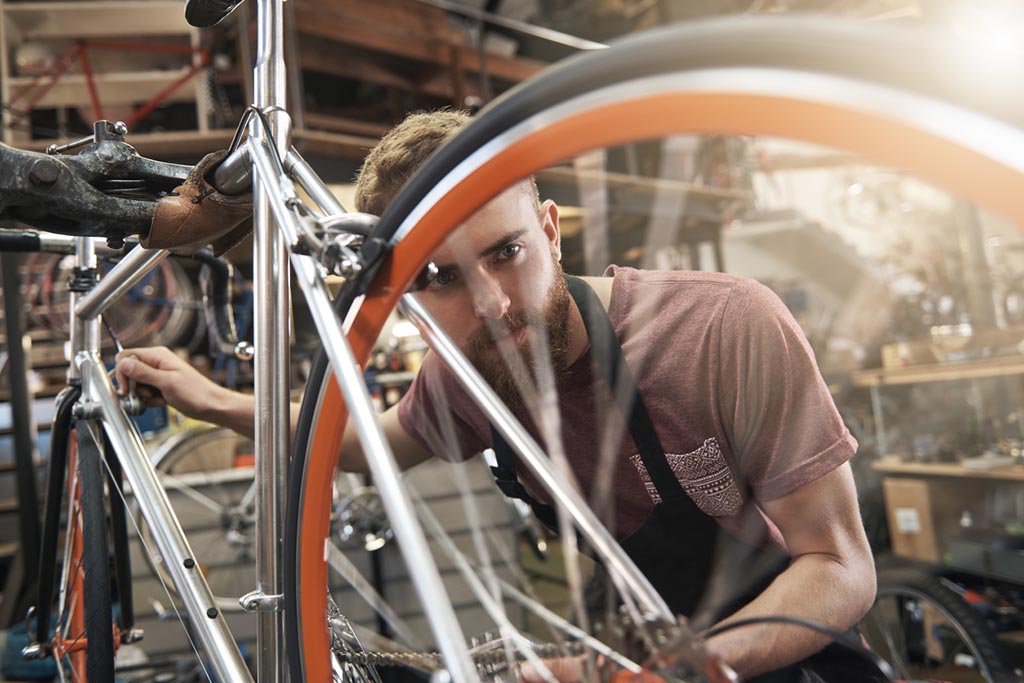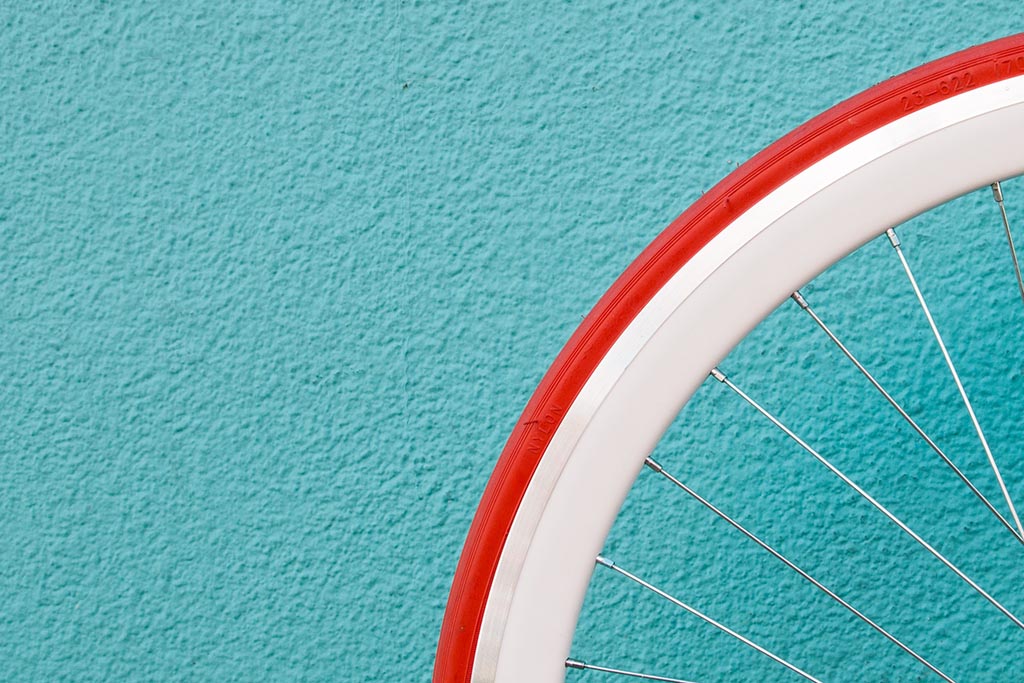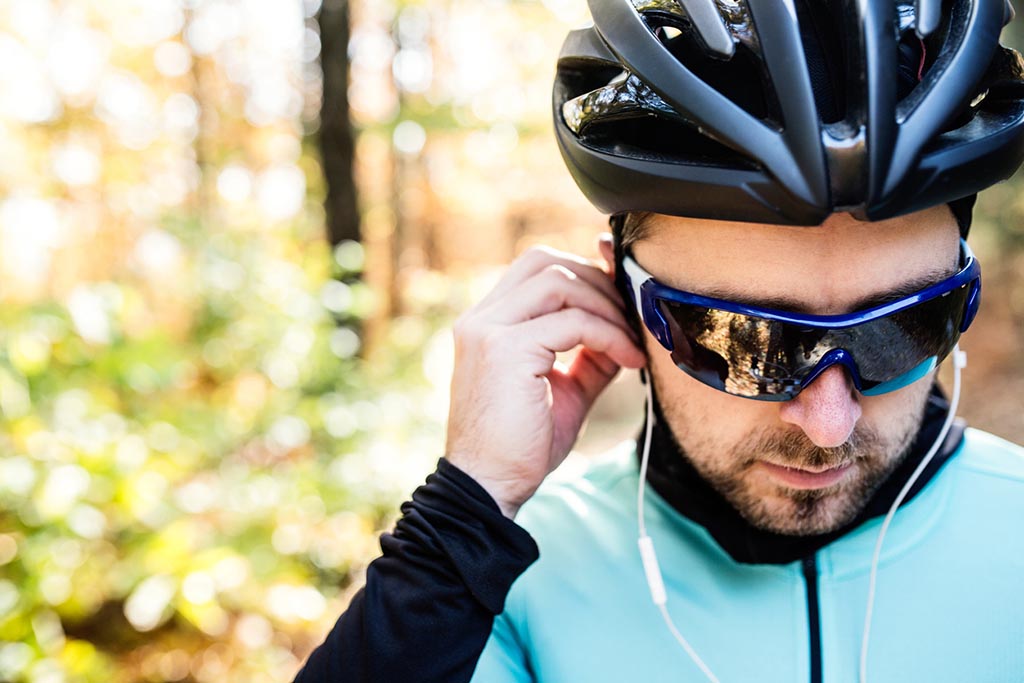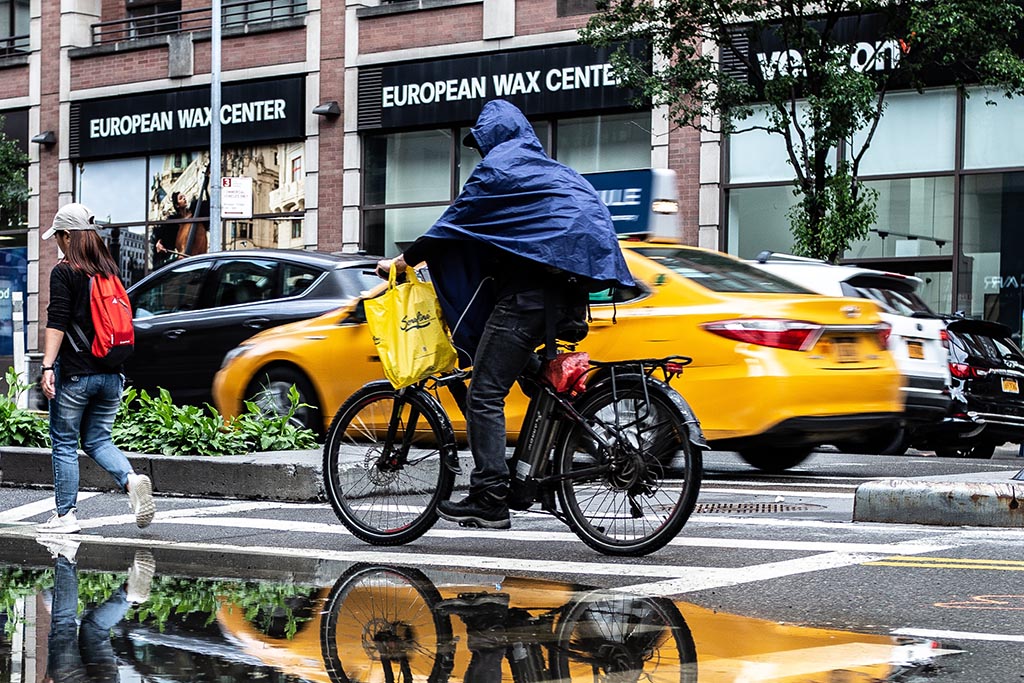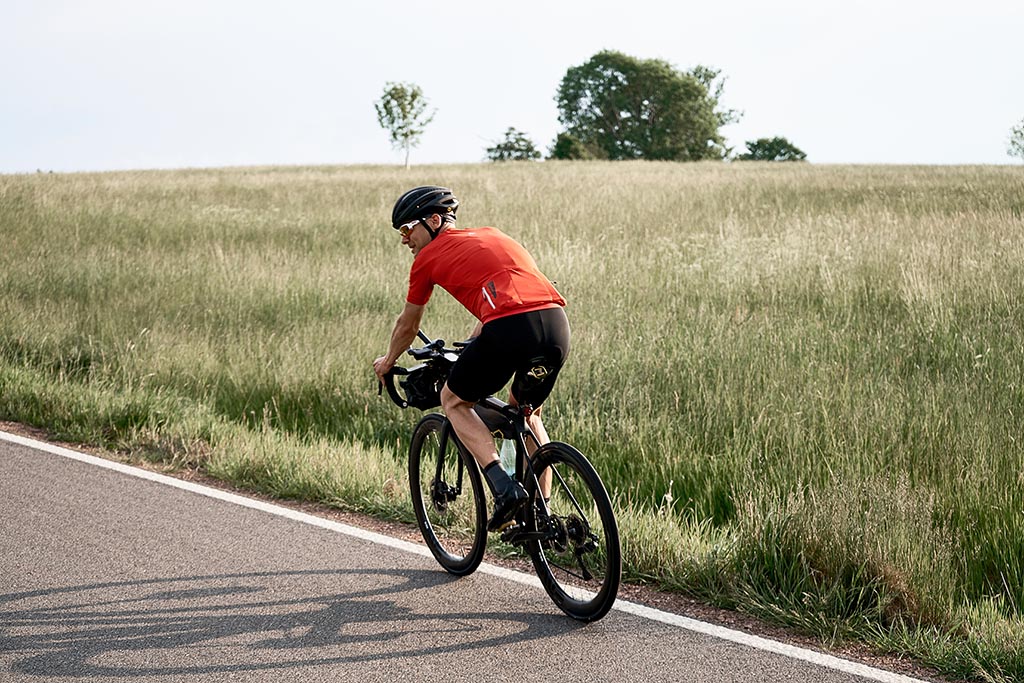Philadelphia may be more than 2,200 miles away from our law offices in California but no matter. Distance cannot stop the kinship we feel with those who think of biking as a way of life. Accordingly, we were pleased to read about what The Delaware River Port Authority is doing for fellow bikers who call the City of Brotherly Love and New Jersey their respective homes.
In case you missed it, they’re about to launch a cycling focused, construction project that may go a long way in preventing biking accidents on bridges. We’re excited for them and can’t wait to see what the proposed ramp will look like in 2019 when it’s expected to be open to the cycling public. In addition to preventing accidents, we sure it, as well as the revamped Circuit Trails, will make the area more pleasant for local and out-of-town bicycling enthusiasts alike.
Some may recall that California has had its own share of bridge-related, biking accidents. As a matter of fact, a high-profile one occurred earlier this year. It was so horrific, that it was covered by national media sources, including but not limited to the LA Times, GrindTV, SB Nation, and Esquire Magazine. Those affiliated with the Delaware River’s Port Authority are no doubt hoping their plans will help prevent similar occurrences and more from happening there.
But what about bicycle enthusiasts who don’t live anywhere near Pennsylvania or New Jersey? Will they see relief from bicycle accident related problems in the coming months too? In a word, the answer is, “Maybe.” As it stands now, Californians involved in bridge related, bicycle accidents must generally turn towards the court system for relief and that can be a tough road to travel without legal representation. To learn more about what people and their bicycle lawyers are doing in our state about that, please contact Attorney Gary Brustin today.
